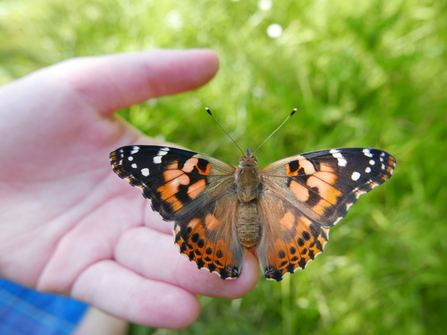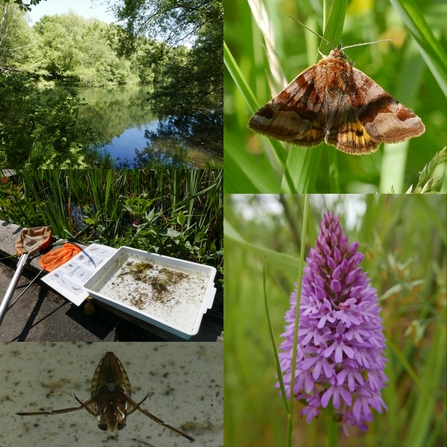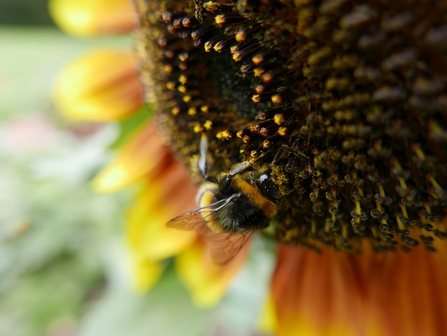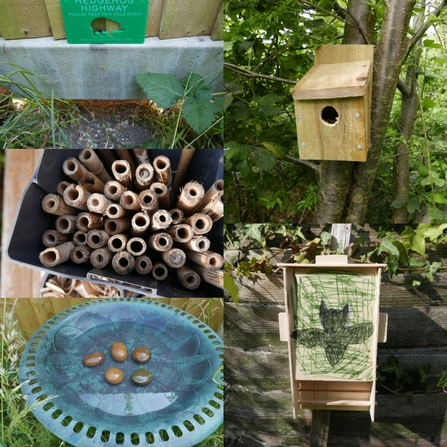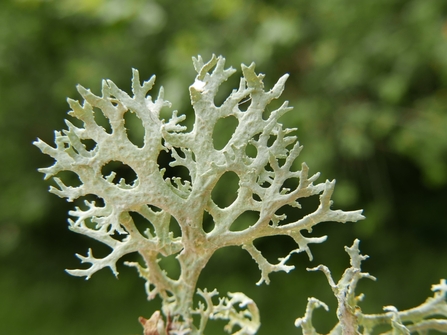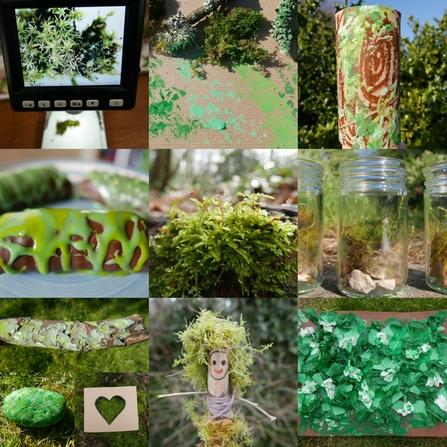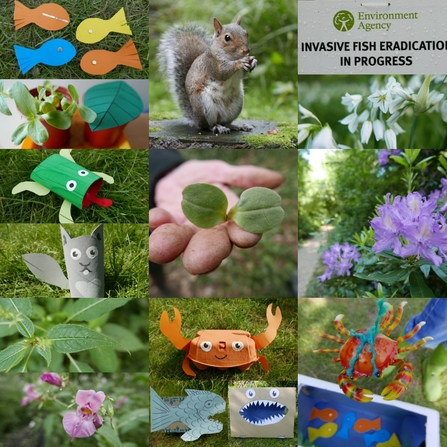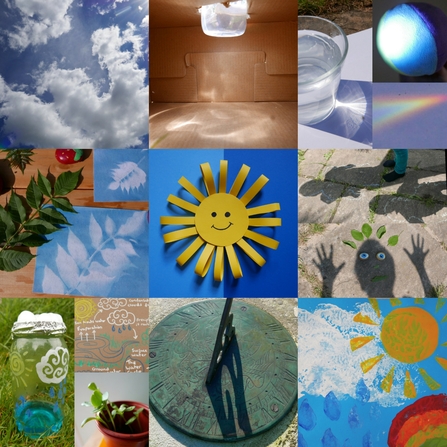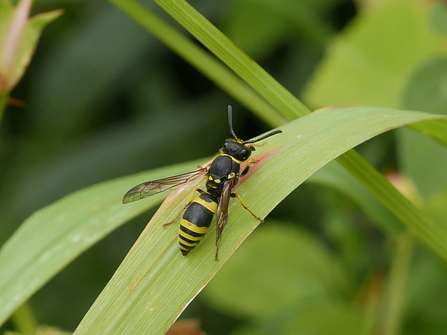We have been taking part in 30 days wild for over 6 years now, we always have so many great adventures, experiences and memorable wildlife encounters along the way. Every day in June we try to connect with nature by exploring the wild spaces around us. From woodlands, meadows, streams, lakes, rivers, and shores to nature reserves, and more urban spaces like ponds, gardens and parks.
My favourite part of 30 Days Wild is always the wonderful and unexpected wildlife encounters we have whilst out and about in nature. This year we were surprised and delighted to find a mole in a meadow digging and expanding its burrow, pushing earth upwards and creating new mole mounds in the process. Moles play an important role in the environment by aerating soil and improving drainage as well as helping to control populations of soil dwelling grubs and insects. There is a often a whole hidden world of wildlife underneath our feet that we overlook, from the largest burrowing animals and invertebrates to the most microscopic organisms like fungi, slime molds, nematodes and tardigrades. Amazingly just a single teaspoon of healthy soil can contain over 100 million microorganisms. These microorganisms are vital decomposers of organic material, recycling nutrients back into the soil and converting and fixing nitrogen into forms that plants can absorb.


